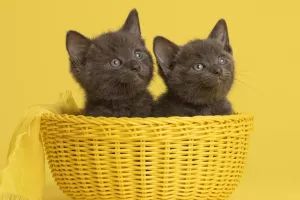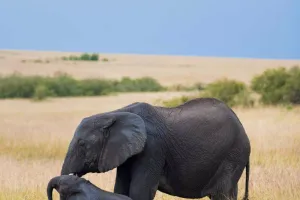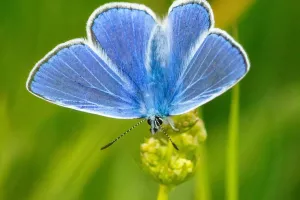Cattle egrets are definitely "weirdos" in the heron family. Usually, egrets give the impression that they like to eat fish, but people rarely see them preying on fish and shrimp in the water, but they have a soft spot for agricultural pests.
Almost all agricultural pests are in their diets, and they also eat spiders, eels, and frogs, and their diets are more mixed.
Cattle egrets are the only herons in the world that do not eat fish but instead eat insects. Cattle egrets are more active in drier places in grasslands, farmland, and wetlands.
Because they like to be with cattle, they often move around cattle and other livestock, pecking at the insects and flies attracted by cattle when they walk or graze, and like to rest on the back of cattle, hence the name" Cattle Egret".
Compared with other birds, cattle egrets are also the most prone to "humpback".
When resting, their necks are shrunk into an S shape and their bodies are humpbacked. In flight, their heads tucked into their backs, their necks protruding downward, and they still look like hunchbacks.
In addition to being different from other birds in terms of food choices, cattle egrets are also unique in color change. Even the same cattle egret can easily be mistaken for two completely different species in different seasons.
This is because the adult cattle egret plumage is divided into summer plumage and winter plumage. During the breeding season, the upper chest, back, and other parts of the cattle egret will grow orange-yellow decorative feathers, while in other periods, the whole body is white, which is in sharp contrast with the previous ones.
The two cattle egrets in the picture are in the breeding season and their plumage is summer plumage.
Cattle egrets have the nickname "Cowherd", which is not a false name. The symbiotic attachment relationship between cattle egrets and cattle is very interesting.
Cattle egrets often like to perch on the back of cattle, preying on parasites on the back of the cattle and insects that are disturbed by the movement of the cattle.
Cattle egrets like to be next to the farmer during spring plowing and follow behind the plowing cattle to peck at the creatures, insects, frogs, etc.
that have been plowed out. On the one hand, the cattle rely on the cattle egret to drive away the flies on their body, and on the other hand, the cattle egret acts as a guard for the cattle.
Usually, a buffalo rests on the back of a bull egret, at most two, one on the left and one on the right. If there is a third bull egret who wants to come and make a horn, the first two will join forces to drive it away.
Cattle egrets like to swarm, and large groups of cattle egrets are often seen flying together and foraging for food. They also like to nest in trees with other herons.
They live with the circumstances, are not picky about the location and materials of their nests, and build very simple nests, sometimes using the old nests of other herons.
They are also friendly neighbors and live in harmony with other herons. Since they mainly forage on land, they also have very little competition with other herons.
Cattle egrets have a high reproductive rate, are extremely adaptable, and are bold and not afraid of people.
In addition to the insects that startle around cattle, cattle egrets often follow behind tractors for food, because tractors start a lot of insects when they work, and they can also peck at animals that have been plowed.
It can be said that the relationship between cattle egrets and humans is very close.
Human activities such as animal husbandry and rice planting have provided a relatively wide range of habitats for the survival of cattle egrets and created favorable conditions for the expansion of cattle egrets around the world.


